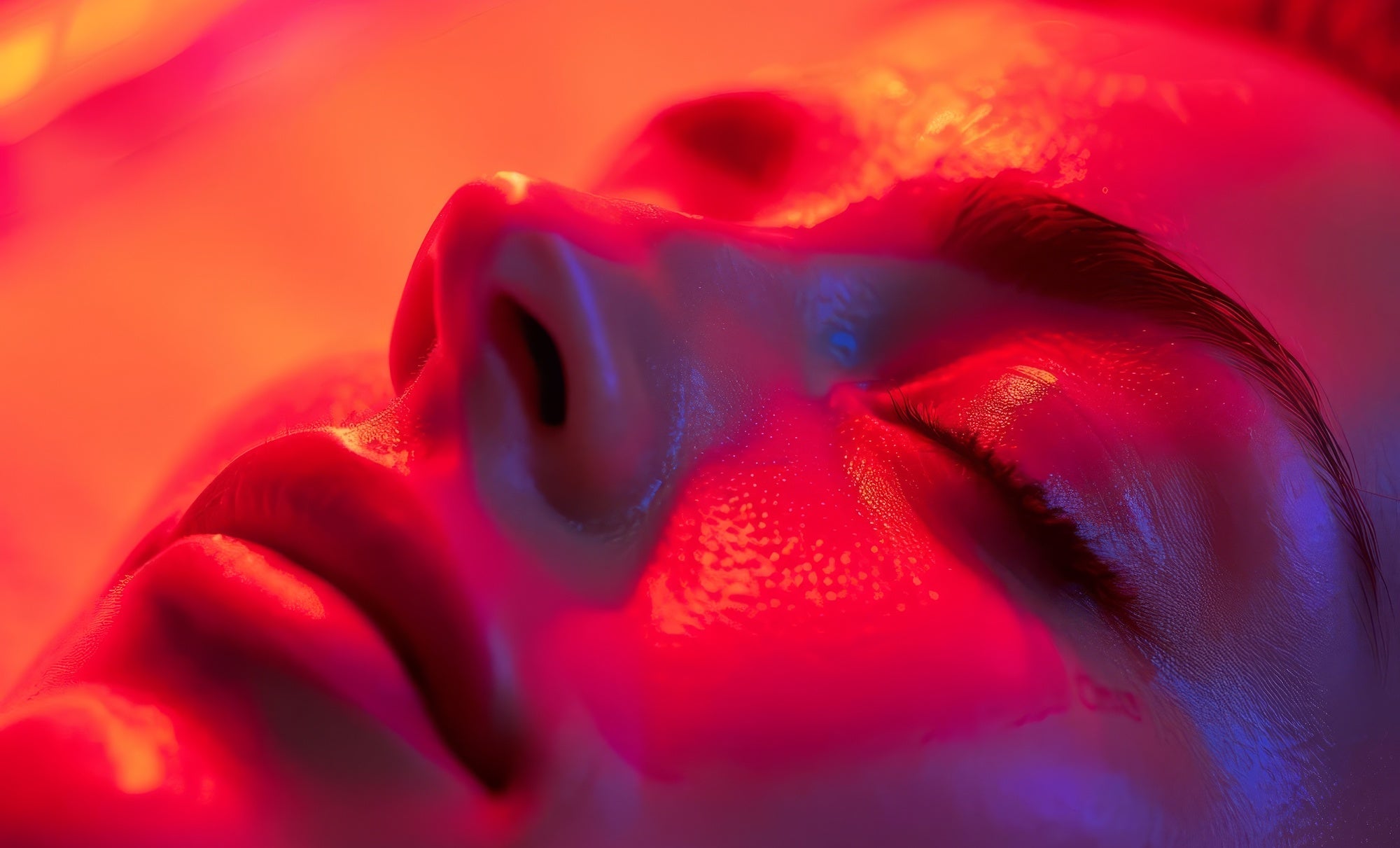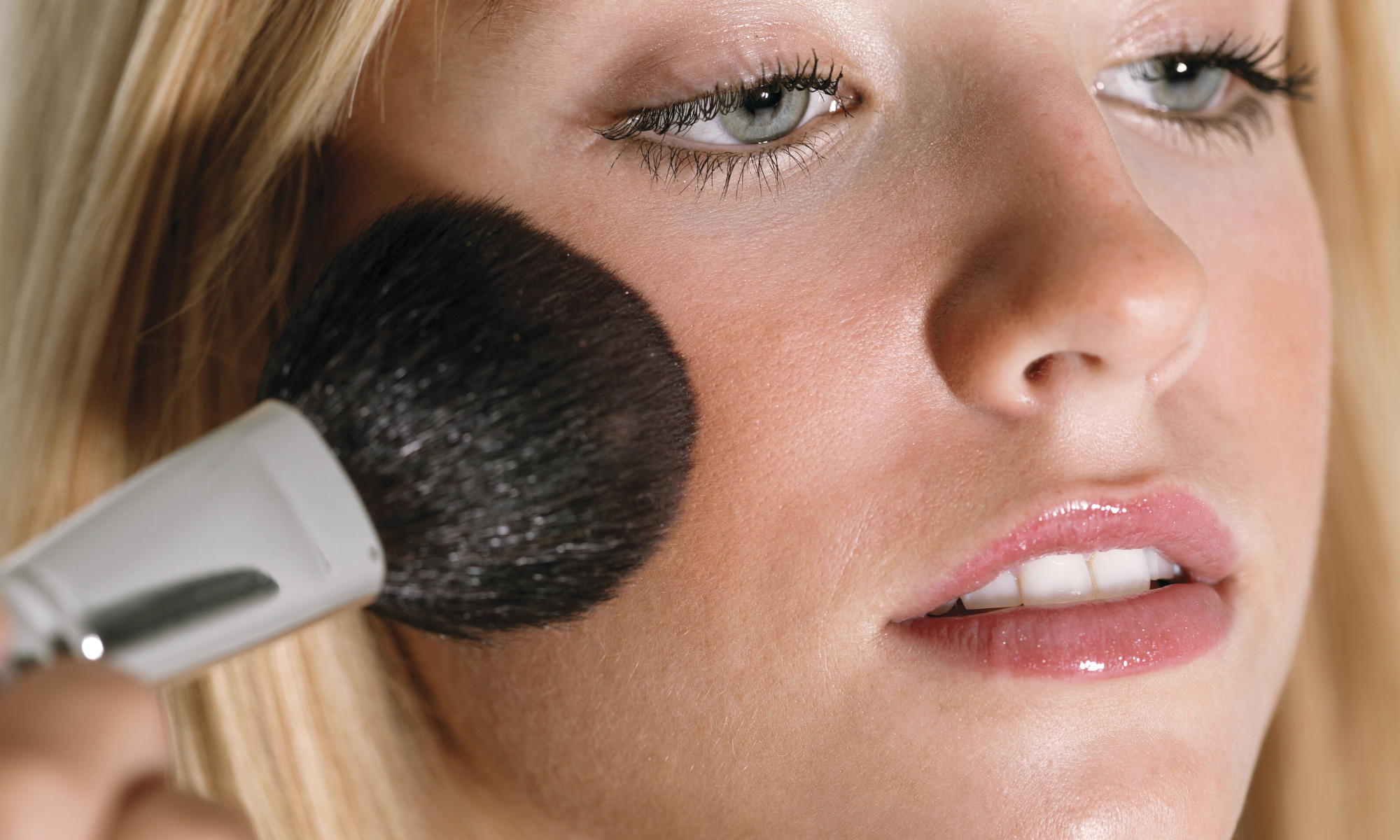
A Deep Dive Into Skin Regeneration and Red Light Therapy
We have all read in kindergarten that skin regenerates every 28 to 40 days, right? In these 28 to 40 days, old cells get shaded to grow new ones. So the skin barrier remains healthy and safe from external exposure.
We tell you this so you can adopt healthy lifestyle habits and skincare routines to promote optimal skin health. Have you heard of red light therapy? Red light therapy stimulates cellular energy, boosting collagen and elastin production.
So, if you are intrigued by red light therapy and eager to improve your overall skin health, keep reading.
Things you will get to learn:
- Skin regeneration process
- How factors like age, genetics, diet, and skincare are related to the natural renewal process.
- Retinoids, antioxidants, hyaluronic acid, and niacinamide are essential products in skincare routine.
- Red light therapy is a new, effective invention that makes your skin look healthier than before.
What is Skin Regeneration?
Skin regeneration is relatively easy to understand. It continues to function like every other organ in the body. Their work is to replace the old and damaged cells with new, healthy ones. Simple!
Skin is made of three main layers:

- Epidermis: The very fast layers that are exposed and work as protective barriers against the environment.
- Dermis: The second layer where the blood vessels, nerves, and connective tissues are put together.
- Hypodermis: The deepest layer, generally filled with fat cells.
The Process of Cell Turnover
How about we get into more detailed information? Since the purpose isn't only knowing how to improve the skin, we can gain more knowledge about the skin. Let’s see the process of cell turnover within the epidermis:
- Basal Layer
- Spinous Layer
- Granular Layer
- Stratum Corneum
- Shedding

(Source: The 5 Layers of Your Skin – Dr. Leslie Baumann)
Stages of Skin Regeneration
The process of skin regeneration can be summarized in these stages:
- Cell production: New keratinocytes are produced in the basal layer.
- Cell migration: As new cells are produced, older cells are pushed upward through the epidermis.
- Cell differentiation: Keratinocytes mature and produce keratin and lipids.
- Cell shedding: This is the process by which dead keratinocytes are shed from the skin's surface and replaced by new cells.
Biological Timeline of Skin Regeneration
The skin takes about 28 to 40 days to regenerate. Here's an analysis of the key phases for better knowledge:
|
Week 1 |
Week 2-3 |
Week 3-4 |
|
Cell production: In this section, new cells start growing in the basal layer of the epidermis. Migration: The newly grown cells begin to go upwards through the skin layers. |
Maturation: As the cells move upward, they mature and collect keratin, the protein that strengthens skin. Lipid Formation: These cells also produce lipids to create protective brier. |
Shedding: Dead cells or mature cells that have reached the surface of the skin are shed. They are replaced by new cells from below. |
Factors Affecting Regulations
- Age: The skin regeneration cycle is slower as one age. The skin doesn’t regenerate as it does at a younger age, resulting in thinner and less elastic skin.
- Sun exposure: When skin comes into contact with excessive sun exposure, it is damaged. This is another reason for slow regeneration.
- Skin conditions: Certain skin conditions, such as acne or eczema, can interrupt the regeneration process.
- Overall health: Good nutrition, hydration, and proper sleep also play a vital role in healthy skin regeneration.
Factors Influencing Skin Regeneration
Regenerating skin is not easy to witness with the naked eye. Although there are hundreds of ways to make your skin look healthy, a few complex factors support the natural renewal process.
Internal Factors:
- Age
- Genetics
- Health condition
External Factors:
- UV exposure
- Pollution
- Skincare routines
- Diet
- Hydration
- Sleep
How to Support Healthy Skin Regeneration?

So, what does one need to keep their skin healthy and youthful? All the other essential processes or factors are already covered regarding how the skin regenerates and what makes it happen. Now, what we can do is support this natural process.
Product Recommendations
This is the best for stimulating collagen production. It uses vitamin A, which helps reduce fine lines and wrinkles.
You can use skin care products containing Vitamin C, E, and green tea extracts. These products will work as a shield against environmental damage.
Your skin also requires hydration, which hyaluronic acid supplies. It helps your skin look plump and elastic. Look for a high quality moisturizer with hyaluronic acid such as Oxygenetix Oxygenating Hydro-Matrix, which helps support skin oxygenation while delivering powerful hydration.
Niacinamide is all about Vitamin B being used to reduce redness, inflammation, and uneven skin tone.

(Source: Red Light Therapy: Benefits, Side Effects & Uses)
Myths and Facts About Skin Regeneration
#Myth 1: Excessive exfoliation speeds up regeneration.
- Fact: You will find exfoliation in the skin regime like a ritual. But if you need this to speed up regeneration, then you are wrong. While exfoliation will remove dead skin, excessive exfoliation will cause skin dryness and damage. It will generate more problems for your skin regeneration.
#Myth 2: Sleeping on your face can cause wrinkles.
- Fact: This can't even be possible. Although there is information here and there that may cause you to wrinkle, it isn’t true entirely. If anything can wrinkle your face, it's genetics, sun damage, and other factors.
# Myth 3: All skin types benefit from the same skincare routine.
- Fact: This is one fine lie. Everyone has a different skin texture. And every skin type has unique needs. Just because one benefits from a particular skincare product or routine doesn’t mean it will work on you, too. Select your products and treatments based on your skin type.
Frequently Asked Questions
How often does skin regenerate in adults?
On average, the skin’s outer layers take 28 to 40 days to be replaced completely.
Can you speed up the skin regeneration process?
You can’t do it significantly, but you can support the process by adding a healthy diet, proper hydration, and gentle skincare.
What factors slow down skin regeneration?
- Age
- Sun exposure
- Smoking
- Stress
- Certain health conditions
Is there a difference in skin regeneration between different age groups?
Yes, skin regeneration slows down with age. You will see older people; their skin is more prone to wrinkles and has less elasticity.
How does diet impact skin regeneration?
Your diet has a significant impact on skin regeneration. If your diet is full of antioxidants, vitamins, and minerals, then you are good to go. Otherwise, a poor diet will make the process more difficult.
What skincare products are best for supporting skin renewal?
To support skin renewal, you can add products like retinoids, antioxidants, hyaluronic acid, and niacinamide to your skincare routine.
Last Opinion
Your body is doing important things like skin renewal to help you attain skin that is healthy and glowing in youth. You must make the process successful by maintaining a healthy diet and skincare routine. This will give you a radiant complexion and fewer wrinkles. So, why not follow a good health routine for a timeless glow?
Written by Guest Writer Arnold Bloom - Arnold Bloom is a Content Writer. With a knack for Home, health, and fitness, he tries to learn new information on athletes every day and share with his reader.


コメントを書く
このサイトはhCaptchaによって保護されており、hCaptchaプライバシーポリシーおよび利用規約が適用されます。